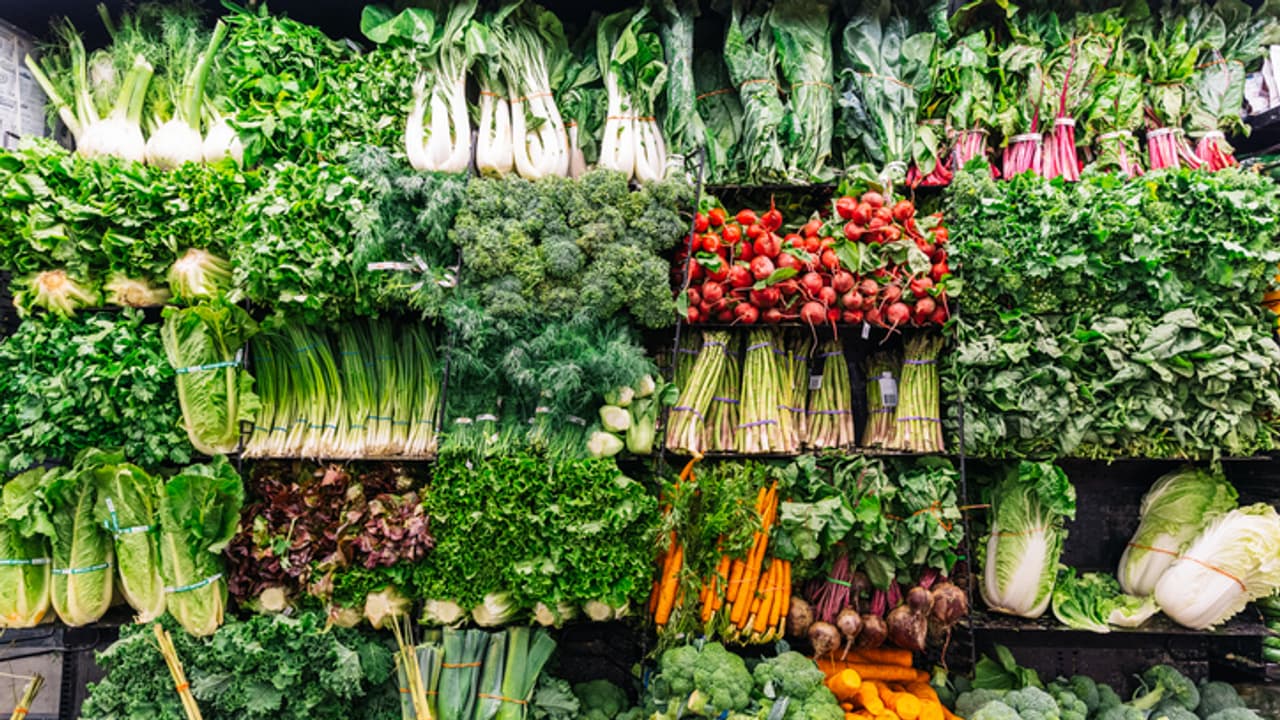A major global study finds that climate change is already cutting food production, with each 1°C rise reducing output by 4.4%. Real-world farmer adaptations help, but not enough, significant food losses remain likely without bigger changes.
A major international study has found that global food production is already being affected by rising temperatures, with significant losses expected even as farmers adapt their practices. The research, published in Nature, uses real-world data to provide the most comprehensive estimate yet of how climate change is impacting agriculture worldwide.

Food losses tied directly to temperature rise
Researchers found that for every 1°C increase in global mean surface temperature, global production of staple crops drops by an estimated 5.5 × 10¹⁴ kilocalories annually, says the study. That’s equal to 120 fewer calories per person per day, about 4.4% of recommended daily intake.
The study focused on six staple crops, wheat, maize, rice, soybeans, barley and cassava, which together provide two-thirds of the world’s crop-based calories. Using crop data from 12,658 regions in 54 countries, the research reflects the largest and most diverse sample of subnational crop yields ever analysed.
Adaptation helps but not enough
The research is one of the first to measure real-world farmer responses to climate change, such as changing crop varieties, adjusting planting times, and altering fertilizer use. While such adaptation efforts are already happening and do offer some relief, they are not sufficient to fully offset climate-related losses.
By 2050, these adaptations, along with expected income growth, are projected to reduce losses by 23%, and by 34% by the end of the century under moderate emissions scenarios. However, substantial damage to crop yields remains likely, especially for crops other than rice.
High-risk regions may surprise
Interestingly, the study found that losses are not confined to poorer nations alone. Some of the biggest declines are expected in current 'breadbasket' regions with favourable climates but limited history of adapting to changing conditions. These areas include parts of the US, Europe, and other top crop-producing regions. Still, developing countries, particularly those with lower adaptation capacity, are also at risk.
Why this study is different
Previous climate impact studies often relied on theoretical models or ideal farming conditions. This new research used actual on-ground data and real-world farmer behaviour to better understand how climate and economic conditions affect crop decisions. By combining biophysical crop responses with actual human decisions, the study offers a clearer, more realistic projection of future food risks.
The researchers used a machine-learning approach to filter out the most influential weather factors for each crop and location. They also considered economic factors like access to credit, technology, and markets, which shape how well farmers can adapt.
Urgent need for innovation and support
The authors stress that while local adaptations are helping, they aren’t enough. What’s needed is large-scale innovation, better technology access, improved infrastructure, and more support for farmers, especially in vulnerable areas. Expanding cropland alone won’t solve the issue; smarter policies and faster action are required to avoid major food security challenges in the coming decades.
Climate change is already reducing global food supplies, and while farmers are responding, it won’t be enough without deeper reforms. As temperatures continue to rise, global food systems will need more support, innovation and resilience to feed a growing population.


